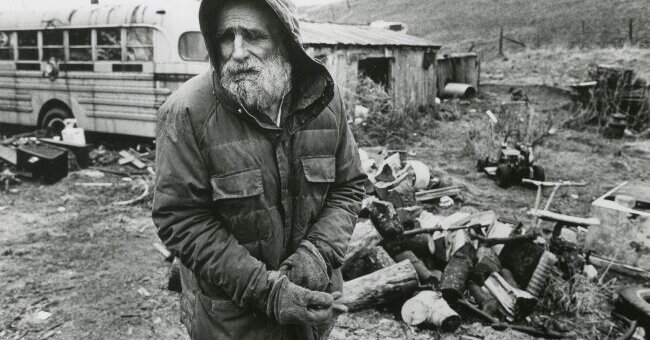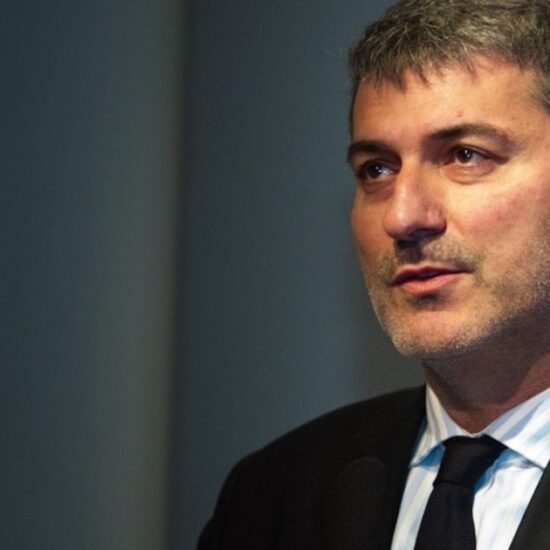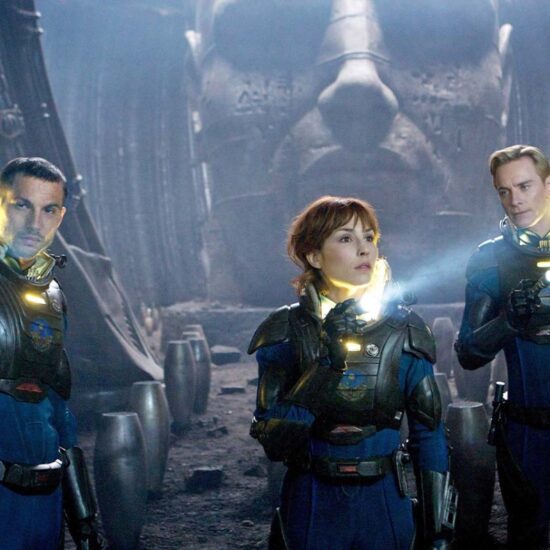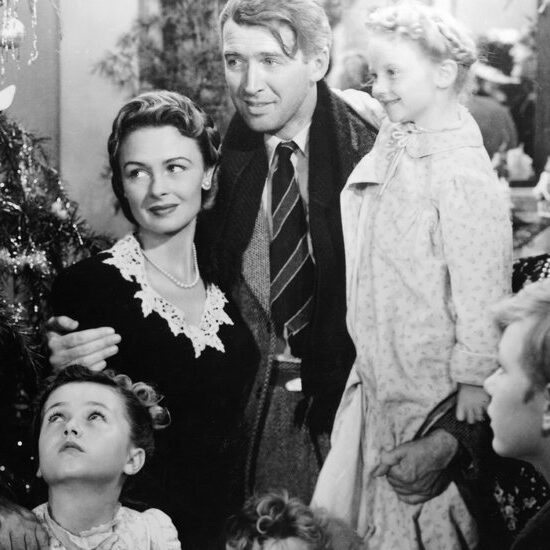
The proliferation of documentaries on streaming services makes it difficult to choose what to watch. Each month, we’ll choose three nonfiction films — classics, overlooked recent docs and more — that will reward your time.
‘Brother’s Keeper’ (1992)
Stream it on Tubi. Rent it on Amazon and Apple TV.
Joe Berlinger and Bruce Sinofsky are best-known for their “Paradise Lost” trilogy, a milestone in documentary filmmaking that followed the saga of the West Memphis Three as it unfolded over nearly two decades. But their breakthrough feature was the earlier “Brother’s Keeper,” a strange and haunting documentary that, like the “Paradise Lost” films, revolves around what appears to be a miscarriage of justice in motion.
After William Ward, a farmer in central New York, died in 1990 at 64, his brother Delbert was charged with his murder. William had lived with Delbert and their other brothers, Roscoe and Lyman, on a farm that existed almost out of time, without basic utilities. Berlinger and Sinofsky got their start learning from the Maysles brothers, who developed the direct-cinema style, and there is a hint of the Maysles’ “Grey Gardens” in how “Brother’s Keeper” introduces viewers to the Wards and their private, moldering world. The Wards’ neighbors in Munnsville, N.Y., some of whom have known them for decades, widely refer to them as “the boys,” even though the brothers are well into their grizzled years. From what we learn, the Ward boys can barely read, let alone comprehend how Delbert might have been coerced into confessing to a killing that might not have been a killing at all.
Did Delbert asphyxiate his brother, as the district attorney contends? On the witness stand, a showboating medical examiner admits that he can’t even say with certainty that William’s death was a homicide. Delbert says that William, who had been in ill health, died on his own — “went natural,” as Roscoe puts it. And even if William had died by his brother’s hand, might it have been a mercy killing, the sort of thing that siblings who had lived at a remove from society — and who were impossibly close with one another, even sleeping side by side for warmth — might have been used to doing for an animal in pain? Various voices in the film suggest as much. “Brother’s Keeper” is partly a story of a family bond so hermetic and tight-knit that it is all but inscrutable to outsiders. Yet it’s also a story of how the Wards’ neighbors, recognizing their eccentricity and sweetness, rallied to Delbert’s defense.
‘The Gleaners and I’ (2000)
The beloved director Agnès Varda, who died at 90 in 2019, divided her career between fiction and nonfiction. There is no better introduction to her brand of essay film than “The Gleaners and I,” a road movie in which Varda, experimenting with then-new, small digital cameras, tours France to observe various modern forms of “gleaning” — the tradition of gathering after a harvest, and a practice immortalized in painting by Jean-François Millet.
Varda meets people who collect potatoes that were thrown back into fields for being too large. Some of her subjects live in poverty and gather discarded produce for sustenance. Others, both in cities and in the countryside, have their own rationales for gleaning. An artist scavenges for raw materials. A man salvages his food from trash out of ethical and environmental concerns over waste. The hazy legality of gleaning — apparently OK at certain times, within certain radiuses and in certain amounts, although the shellfish gleaners disagree about how much they’re allowed to take — becomes something of a running gag, and Varda brings lawyers onscreen in full courtroom garb to explain the rules. And of course Varda herself is the film’s chief gleaner: There is, as she says, “no law governing this type of gleaning — of images, impressions, emotions.”
Like all of Varda’s documentaries, “The Gleaners and I” effortlessly digresses whenever something special catches the filmmaker’s eye, as when, while learning about gleaning in vineyards, she meets a winegrower who is descended from Étienne-Jules Marey, who invented the proto-cinematic technique of chronophotography. One of the items Varda collects during the course of the film is a clock without hands — and that ostensible deficiency is fine by her. “You don’t see time passing,” she says.
‘All the Beauty and the Bloodshed’ (2022)
Stream it on HBO Max. Rent it on Amazon, Apple TV, Google Play and Vudu.
Although it was directed by Laura Poitras, who won an Oscar for the Edward Snowden documentary “Citizenfour,” “All the Beauty and the Bloodshed” is a rare case in which it’s tempting to credit a documentary’s subject as co-auteur.
That’s partly because the subject is an artist herself. “All the Beauty” is a portrait of the photographer and activist Nan Goldin, whose work, like the evolving visual diary “The Ballad of Sexual Dependency,” is to an extent already autobiographical. The fact that Goldin spent decades snapping images of herself and her friends means that Poitras has an unusually rich source of visual material to draw on (Goldin is prominently credited with “photography & slideshows”), and that’s before taking into account Goldin’s appearances in gritty, early-’80s New York indies that also help set the scene. Through her reminiscences, Goldin introduces viewers to a large group of friends and fellow artists, like the writer and John Waters actress Cookie Mueller, and David Wojnarowicz, whom she calls the spiritual and political guide for an AIDS-themed exhibition that she curated. The National Endowment for the Arts withdrew sponsorship before reversing itself.
But “All the Beauty and the Bloodshed” is not simply a recitation of Goldin’s résumé. It’s also a chronicle of her recent activism to press museums to refuse donations from the Sackler family, the owners of Purdue Pharma, following her addiction to the opioid OxyContin. This thread — including a video call in which members of the Sackler family are obligated to watch testimony from Goldin and other victims of the opioid crisis — at times turns “All the Beauty and the Bloodshed” into something closer to a legal thriller than a straightforward biographical doc. But it is emblematic of the film’s off-kilter, personal perspective that Poitras bookends it with the story of Goldin’s sister, Barbara, who died by suicide, and whose life in some ways is held up as a Rosetta stone for Goldin’s art. “If she had found people, if she’d been loved, she would have survived,” Goldin says. “All the Beauty and the Bloodshed” tells the story of how, at different times and for different reasons, Goldin found her scene.













